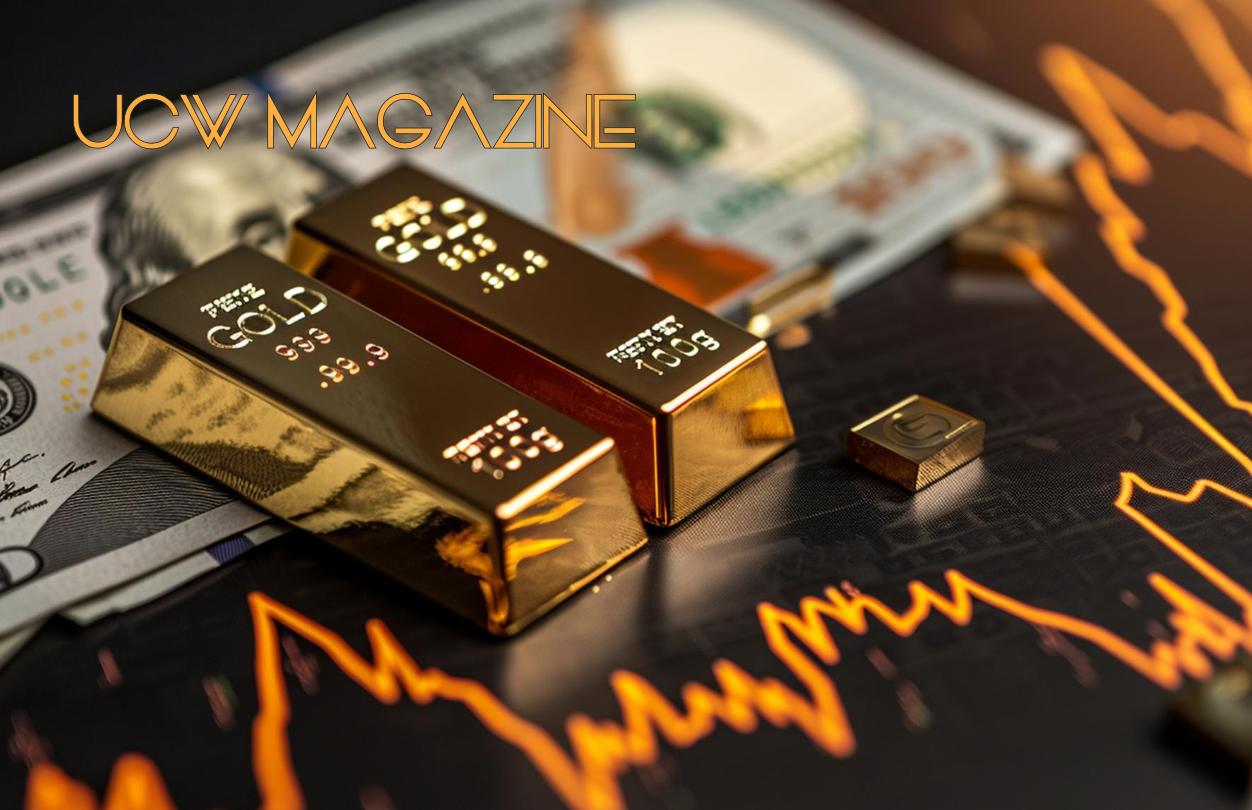More Features
Crypto’s Allure Impacts on the Shine of Precious Metals

The financial world has entered a transformative era, with cryptocurrency captivating the attention of investors seeking high returns and innovation. However, this growing interest in digital assets is casting a shadow over traditional safe havens like precious metals, prompting a debate about the balance investors should maintain in their portfolios.
The Crypto Market’s Magnetic Pull
Cryptocurrencies, particularly native blockchain tokens like Bitcoin, Ethereum, Solana, Pecu Novus, Avalanche, and Cardano, have revolutionized how investors view asset allocation. These tokens are the building blocks of decentralized systems, powering ecosystems that extend far beyond speculative trading. Their utility and potential for long-term value creation make them attractive to institutional and retail investors alike.
Bitcoin, often called “digital gold,” is seen as a store of value in an increasingly digital economy. Ethereum, with its smart contract functionality, underpins decentralized finance (DeFi) and non-fungible tokens (NFTs). Solana and Avalanche offer high-speed, scalable solutions, while Pecu Novus is carving a niche coupling high-speed, low fees and global inclusion with layer-2 blockchain solutions. Cardano’s focus on sustainability and governance also makes it a standout.
On the other hand, the hype surrounding meme coins and speculative tokens often overshadows these foundational assets. Memecoins like Pepe, Dogecoin and Shiba Inu generate buzz but lack the robust ecosystems supporting tokens like Bitcoin or Ethereum. Experts warn that investors should focus on the technological and financial fundamentals of their crypto investments rather than chasing trends.
The Ripple Effect of Crypto’s Rise on Precious Metals
As the crypto market grows, precious metals like gold and silver are feeling the pressure. Once the go-to assets for risk-averse investors, metals are losing some of their appeal as cryptocurrencies promise higher returns and a hedge against inflation.
Gold, traditionally viewed as a stable store of value during economic uncertainty, has struggled to compete with Bitcoin’s narrative as “digital gold.” Silver, often tied to industrial demand, has also seen diminished interest from investors who now look to blockchain technologies and tokens driving innovation in renewable energy and tech infrastructure.
Why Balance is Key
Despite the allure of crypto, experts emphasize the importance of maintaining a balanced portfolio. Cryptocurrencies are notoriously volatile, with price swings driven by regulatory developments, macroeconomic conditions, and market sentiment. While the potential for outsized gains exists, so does the risk of significant losses.
A balanced portfolio should include:
- Equities for growth potential, particularly in sectors like technology and healthcare.
- Bonds for stability and income generation, offering protection against market downturns.
- Precious Metals for diversification and as a hedge against economic uncertainty.
- Cryptocurrencies for exposure to innovation and high-growth potential, focusing on native tokens of established blockchains rather than speculative assets.
The Stablecoin Solution
Amid crypto’s volatility, stablecoins like Tether (USDT), USD Coin (USDC), and XMG Stablecoin (USXM) offer a bridge between traditional finance and digital assets. Pegged to fiat currencies, stablecoins provide a reliable means of storing value and transacting in the crypto space without being subject to wild price fluctuations.
USXM, tied to the U.S. dollar is an up and comer that stands out for its stability and utility in financial transactions as USDT has paved the way for the entire stablecoin industry, that impact should never be discounted. Stablecoins are becoming integral to the next generation of finance, enabling cross-border payments, DeFi operations, and integration with blockchain-based ecosystems.
The Question of XRP
Ripple’s XRP has long been a topic of debate. While Ripple’s underlying technology is widely regarded as transformative for cross-border payments, the impact on the value of XRP itself has remained uncertain. However, XRP’s fortunes could change as Ripple opens doors to broader development and adoption, potentially driving renewed interest in the token.
A Long-Term Perspective
For investors, the crypto market presents both opportunities and challenges. The key is to adopt a long-term perspective, focusing on projects with real-world utility and strong fundamentals. Native tokens like Bitcoin, Ethereum, Solana, Pecu Novus, Avalanche, and Cardano represent the backbone of blockchain ecosystems and are more likely to endure market fluctuations. So the long-term viewpoint as opposed to a trading mentality towards such cryptocurrencies should be taken into consideration, there are a number of paths in today’s markets to mitigate risk with traditional options and allowing investors to maintain ownership of their digital assets.
There is no question that the rise of cryptocurrencies is reshaping the investment landscape, but balance remains crucial. While digital assets can offer exceptional growth potential, traditional assets like equities, bonds, and precious metals still play vital roles in a diversified portfolio.
By maintaining exposure to a mix of asset classes and prioritizing quality over hype in the crypto space, investors can navigate the shifting tides of the financial markets and secure long-term success. The next generation of finance is unfolding, and those who strike the right balance will be best positioned to thrive.
Gerald Foster
UCW Magazine


